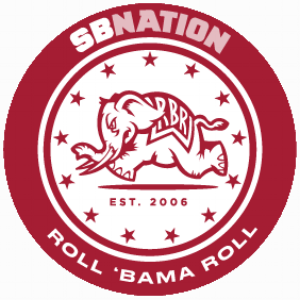Roll 'Bama Roll
In 1956, the Oklahoma Sooners football team won the national championship sounding a death knell for an inter-regional "gentlemen's agreement" that kept segregated teams from playing integrated ones. While Alabama became thrust into the midst of the civil rights movement freezing racial progress on the gridiron, Alabama's coach, Paul Bryant, understood integration was a pathway to success at the highest level of the sport.
The year began with an oath by Alabama's most powerful official to preserve segregation that led to a succession of conflicts and horrors over the following 12 months. Alabama football, victorious the season prior, found itself caught in turmoil of a different sort. The hopes of integration for the state and the football program never looked dimmer than 1963, but the seeds of victory for both were being sown as well.
They are the forgotten heroes of Alabama's football integration. In the Spring of 1967, five young black men walked on to the famed Crimson Tide football team, setting in motion events that would lead to the end of segregation for the program. As civil rights protests overtook the state in the mid 1960s, the backlash toward the highly successful, but all-white, team had begun to grow as well. The black walk ons marked the turning of the tide.
Possibly the worst book ever written about the famed 1970 meeting between Alabama and USC provides an opportunity to look at what really transpired that night in Birmingham. The performance of Sam Cunningham didn't, as many like to suggest, cause Alabama football to integrate. But it was a watershed moment which encapsulated a long arduous journey of a program working to move beyond its segregationist past.




